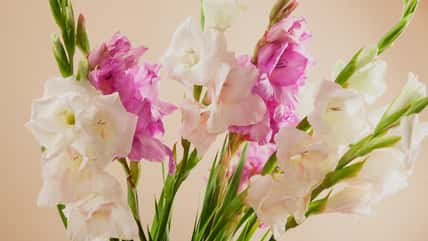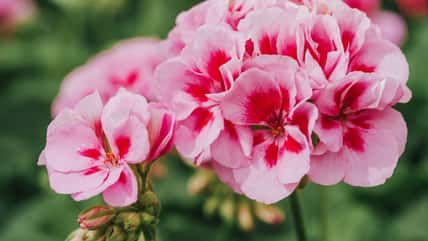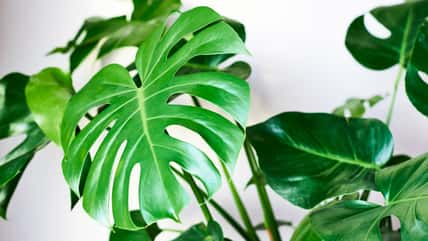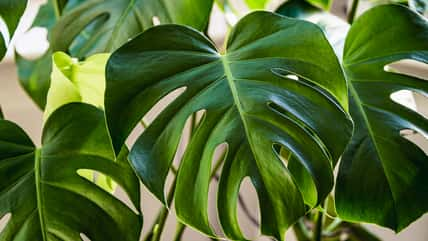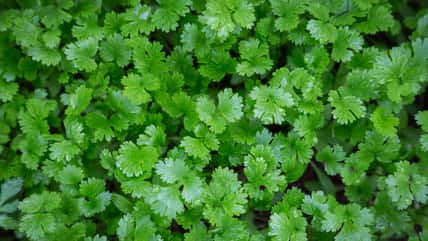Palm Trees Can Make Your Home Look More Tropical, And Here’s How To Care For Them

Palm trees give off a sophisticated, tropical air that no other plant can quite emulate. They are associated with sunny skies, balmy breezes, and sandy beaches.
So if you would like to surround yourself with vibes of summertime, peace, and relaxation, consider caring for a palm tree as a houseplant. Not only will the sight of a palm tree lift your mood and cure the winter blues, but its elegant feathery fronds can elevate the decor in your home.
There are many species of palms. Once you’ve settled on a palm to grow, you’ll need to make sure you’re doing everything in your power for it to thrive. Some of the most common indoor palms include:
-Areca palm
-Parlor palm
-Ponytail palm
-Yucca palm
-Cascade palm
-Sago palm
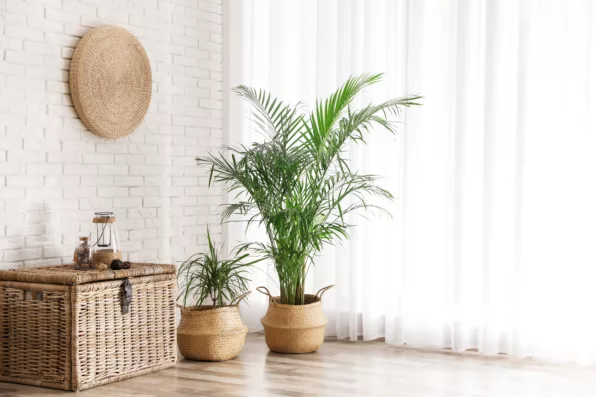
New Africa – stock.adobe.com – illustrative purposes only
Growing indoor palms isn’t too different from caring for the typical houseplant. Here’s what you need to know to give your palm tree the proper care.
For most indoor palms, you’ll want to keep them away from direct sun. They can easily adapt to conditions with low lighting and even enjoy some shade. But the lighting conditions they prefer most are bright, indirect sun.
The best soil for palm plants is one that is loose and fluffy. A palm soil mixture of peat moss, shredded bark, and regular potting soil is a good place to start. The peat moss will help the soil retain its moisture, which is perfect for those who often forget to water their plants.
Palms need to stay moist, but they require ample drainage. Water them once every three to four days or once per week. If the palm tree’s leaves are turning yellow or brown, it is likely that you are overwatering it. But when the fronds curl and the tips become brittle, that means it’s not receiving enough water.
As for temperature, since palms are obviously from a more tropical climate, it is recommended to keep your home warm. They prefer an environment that is no colder than 50 degrees Fahrenheit.
Doesn’t this sound easy enough so far? The trickier part is keeping an eye out for pests. Spider mites tend to target indoor palms. Look for signs of spotted, curling, or dropping leaves.
To get rid of the spider mites, prune off the infested branches and dispose of them in the trash outside. Then, spray the palm with a mixture of neem oil and warm water every few days to prevent the pests from returning.
Thanks to the palm tree’s low-maintenance care requirements, bringing a taste of Florida into your home is possible.
If true crime defines your free time, this is for you: join Chip Chick’s True Crime Tribe
Clover Lawns Are Trendy Right Now, And Here’s What You Need To Know About Them
Sign up for Chip Chick’s newsletter and get stories like this delivered to your inbox.
More About:Gardening
